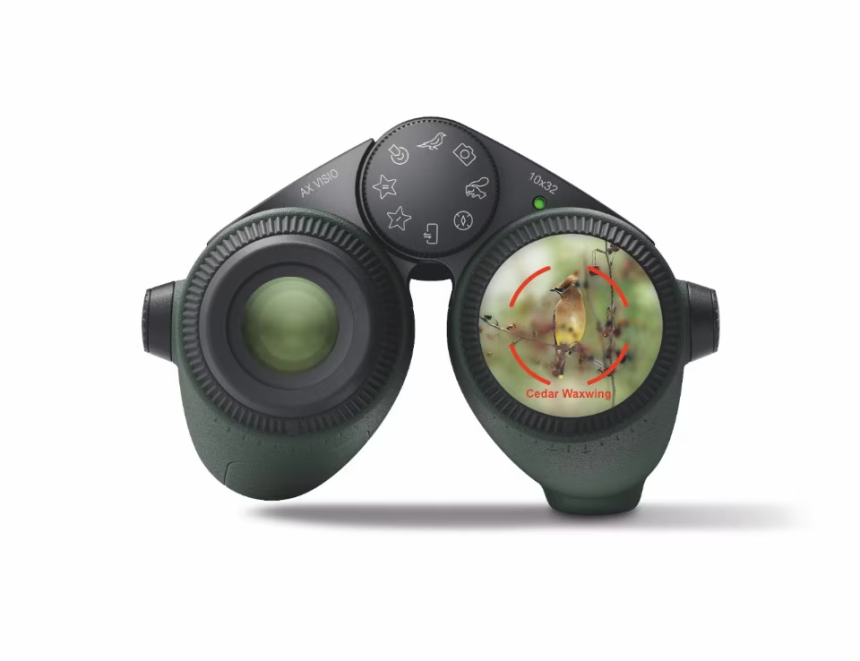Binoculars have long been the key to a world of feathered beauty for birdwatchers. But what if the handy oculars were capable of more than simply enlargement? Imagine if they could recognize different bird species instantly, turning into your own portable bird dictionary. Now introduce yourself to famous industrial designer Marc Newson and his ground-breaking invention: the first AI-powered binoculars ever made.
These clever binoculars, created in association with Swarovski Optik, offer more than simply clean lenses and a sharp zoom. They are outfitted with state-of-the-art technology that uses artificial intelligence and picture recognition to identify over 9,000 different kinds of birds. Picture yourself aiming your binoculars at a far-off dot in the sky, and a built-in screen will reveal the bird’s name, habitat, and even call in a matter of seconds.
This invention is revolutionary for both inexperienced and experienced birdwatchers. It’s no longer a hard effort for novices to peruse pages of field guides and figure out intricate feather indications. Expert birdwatchers are able to report sightings with ease, enhance their knowledge base, and confidently identify unusual species. Imagine the excitement of using AI’s capacity to confirm a rare sighting rather than relying just on conjecture.
However, the advantages go beyond just seeing birds. These binoculars could end up being useful instruments for environmental preservation. They may help researchers trace migratory patterns, monitor endangered species, and even collect population health data. Imagine gathering vital information about an elusive owl without causing any disturbance to its natural surroundings.
Naturally, no technical miracle would be complete without a few unanswered questions. There is reason to be concerned about battery life, data privacy, and possible effects on encounters with nature observation. Users have been reassured by the designers that these concerns have been well thought out. Users may choose their degree of technological immersion by toggling on and off the AI aid, which is handled on-device to protect privacy.
In the end, Marc Newson’s AI binoculars are an amazing example of how design, technology, and nature can come together. They provide a window into a time when the tools we use will not only improve our experiences but also help us comprehend and appreciate nature more fully. The next time you feel the pull of the unknown, keep in mind that the solution may be as close as a wink—not through the lens, but through the intellect that is within you.








